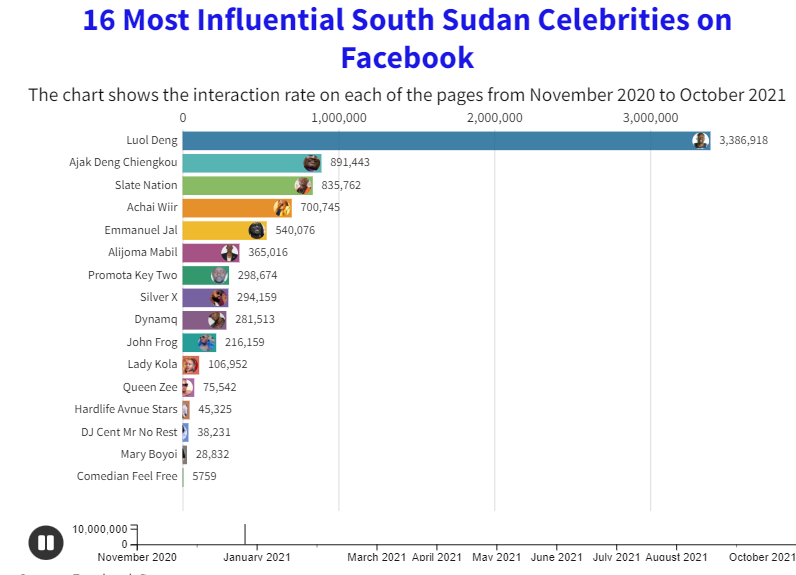Data Story: Are South Sudanese Artists Benefiting From YouTube? An Analysis of 08 Channels
By David Uku
South Sudan faces the challenge of copyright–ownership of the song, songwriter, and video production as creative works, which is one of the most serious issues confronting and impeding the development of the music industry in South Sudan as a new country in East Africa with vast cultural diversity.
Furthermore, like most artists’ performances in the music era, many fans do not pay their Artist for the effort they put in as musicians, and the Artists complain.
In other parts of the world, an artist’s financial success is often derived from revenue generated by their fans attending their show, downloading the video, or viewing their YouTube channel, because YouTube channels use algorithms, and if more people suggest the song, the view will rise as the song becomes top searches and suggested on YouTube, and money will flow in.
How do South Sudanese artists benefit from YouTube? 211 Check used the Social blade to analyze the artists’ songs on YouTube to determine how much money they make from their YouTube channel activities.
SILVER X
The Best Male Artist of the year 2018 and Eye Radio Awards 2019 and he give himself the nickname Music machine as the most produced music in the country, he created his channel on 23 July 2016 until now his channel reached subscribers (2.95K) and videos views (159,034) and has uploaded (85) videos on his channel.
On 14-09-2021 Silver X published a new video song on YouTube called (Monia), the video was shot-in Uganda- Kampala in high quality because of the lack of data we didn’t know the cost of video producer but according to the social blade that we used to analysis revenue of each video or song on YouTube.
That makes it easier for us to see how much money the song Monia from the first day it was published until now the results show it has (13.6k) Views, (330) comments on YouTube and the revenue is only ($7-$54) according to the social blade analysis.
LADY KOLA
Lady Kola, who creates most of the beautiful things that go into making wonderful music, has music. She is known as Music Sankara and is also a DJ and Model; she started her channel on September 25, 2019 and has since gained 9.55K subscribers, 69,690 video views, and uploaded (12) videos.
According to the social blade analysis, on 10-09-2021, the Queen of Shamashin Lady Kola published a new video song on YouTube called (Toronto), and how much money the song Toronto from the first day it was published until now the results show it has (11.3k) views, (79) comments on YouTube, and the revenue is only ($6-$45).
MARY BOYOI,
Mary Boyoi always said “I am taking South Sudan music to international level kalas” she created her channel on 05 Jan 2012 until now his channel reached subscribers (25.8K) and videos views (3,252,954) and uploaded (51) videos on his channels.
On 16-07-2021 Mary Boyoi as a first Lady published a new video song on YouTube called (Marry me kalas), from the first day it was published until now the results show it has (23.2k) Views, (46) comments on YouTube and the revenue is only ($12-$93) according to the social blade analysis.
DJ CENT MR NO REST,
MR NO REST, he Named himself like that because he works all-time at music to produce more work as he always said DJ cent Mr No Rest; he creates his channel on 08th March 2017 until now his channel reach subscribers (2.54K) and videos views (158,213) and upload (52) videos on his channels.
On 19-09-2021 DJ Cent Mr No Rest publish a new video song on YouTube called (Binia Wau), from the first day it was published until now the results show it has (7.4k) Views, (44) comments on YouTube and the revenue is only ($4-$30) according to the social blade analysis.
Hardlife Avenue Stars,
“Hardlife Avenue” is a reference to the difficult time and struggles of life, the music is popular in Afro-pop, Rap and Vocal. As the greatest music group in the country, they created their channel on 06 Sept 2016 until now they have subscribers (7.31K) and video views (1,223,169) and uploaded (85) videos on their channels.
On 18-07-2021 Hardlife Avenue Stars published a new video song on YouTube called (Ana Yau Bi Arif), which is the hit song on Social Media this year, the first day it was published until now the results show it has (88.6k) Views, (123) comments on YouTube and the revenue is only ($44-$354) according to the social blade analysis.
Dynamq,
The founder of Ruka Music and Ruka film and River Nile Crocodile Sudanese Son, besides he is a Singer, Songwriter, sound producer, dancehall and professional DJ. He created his channel on 05 09 2007 until now his channel reached subscribers (11.7K) and videos views (5,457,922) and uploaded (21) videos on his channel.
On 11-01-2013 Dynamq the African DJ that represents South Sudan and Africa in the JAMROCK REGGAE CRUISE SOUND annual festival happening every year in Jamaica, the festival is about love and unity he published a video song on YouTube called (Those days in Nairobi), from the first day it published until now the results show it has (1.1M) Views, (774) comments on YouTube and the revenue are only ($55-$44) according to the social blade analysis.
Emmanuel Jal,
The author of “War Child: A Child Soldier’s Story” in his music he mixes Rap in Arabic, English, Dinka and Nuer. The symbolism of unity as music guides him to express ideas of peace and unity. He created his channel on 26 07 2009 until now his channel reached subscribers (9.38K) and videos views (1643,418) and uploaded (110) videos on his channels.
On 25-11-2021 Emmanuel Jal publish a new video song on YouTube called Hey Mama, from the first day it was published until now the results show it has (72.9k) Views, (145) comments on YouTube and the revenue is only ($36-$291) according to the social blade analysis.
Yaba Angelosi,
The founder of Assida Records and Assida Films, his music mixes catchy African traditional sounds with Western dance music using modern instrumentation and arrangements, he plays guitar, bass, piano and drums above all he is a Singer, Songwriter, sound producer, Film director, and entertainer he created his channel on 15 March 2009 until now his channel gained subscribers (5.36K) and videos views (2,292,498) and uploaded (52) videos on his channels.
On 14-01-2021 DJ Yaba Angelosi published a new video song on YouTube called Something about You, from the first day it was published until now the results show it has (127.8k) Views, (138) comments on YouTube and the revenue is only ($64-$511) according to the social blade analysis.
Conclusion:
211 Check analysis notes that all South Sudanese artists that have channels on YouTube put countries other than South Sudan. For example, Silver X, Hardlife Avenue Stars and Mary Boyoi registered Kenya as the country and Lady Kola created her channel in Uganda, only DJ Cent Mr No Rest didn’t show the Country, Dynamq and Yaba Angelosi created their channels in the United State of America and Emmanuel Jal Create his channel in Canada.
Even the Channel Type; Only Yaba Angelosi and Mary Boyoi have Channel Type for Music, Emmanuel Jal his Channel Type is Film and Dynamq his channel Type is Entertainment and the rest have no Channel Type. This report does not highlight all artists with channels on YouTube but the view of this report analysis is to let the artists know that they have much work to do on their YouTube channels so as to generate more money and more followers; they need to be more flexible on sharing data about producing video so as to make work better to compare revenue generated by Channel and budget of the production.
Most artists should also sign up for the YouTube Partner Programme. This requires them to have at least 1,000 subscribers and have a minimum of 4,000 video watch hours in 12 months so that they can draw in a bigger audience and increase their streams.
About the Authors:
David Uku, a Data Speaks Fellow at #defyhatenow South Sudan, wrote this data story, which was edited by 211 Check Editor Emmanuel Bida Thomas and approved for publication by Steve Topua, Data Analyst and Trainer. It’s part of the ongoing #defyhatenow South Sudan Data Speaks Fellowship program with funding from the European Union Delegation to South Sudan.
About South Sudan Data Speaks Fellowship:
This is a three months data journalism fellowship for South Sudanese content creators with an aim of educating participants on the fundamentals of data journalism through in-depth training facilitated by experienced data analysts.
The fellows have been selected from across South Sudan and they are trained in data sourcing/mining, data analysis, and data visualisation for three months (October to December)
Each fellow will produce a minimum of three (03) data stories during the fellowship. The focus will be on increasing access to information
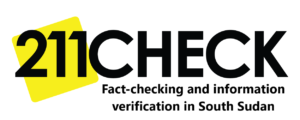
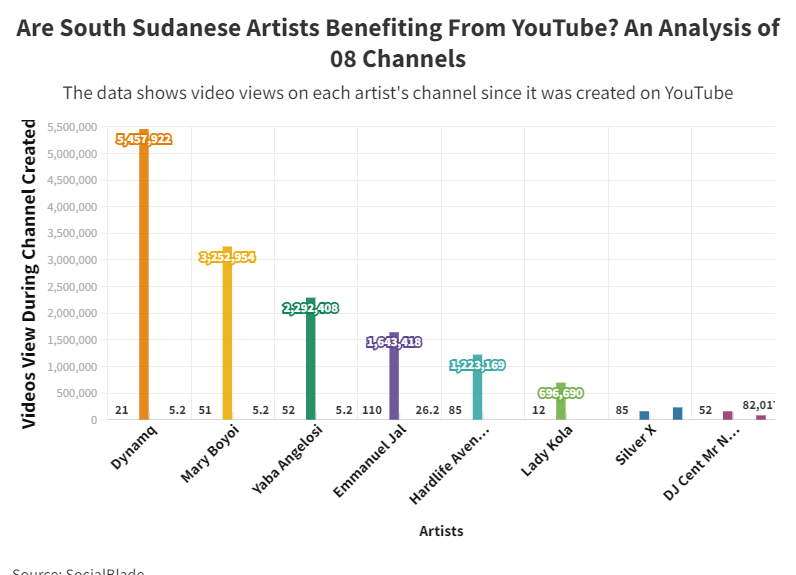
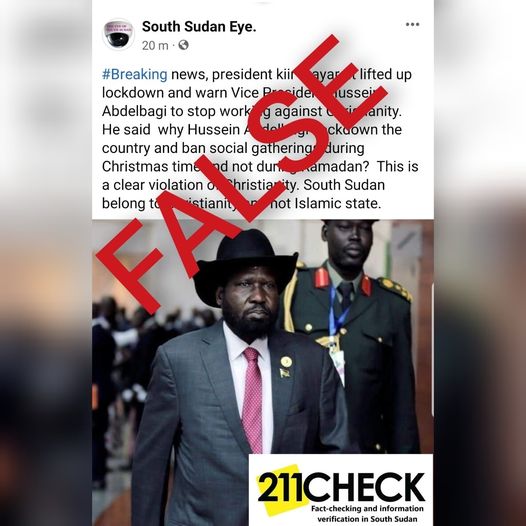 211 Check
211 Check
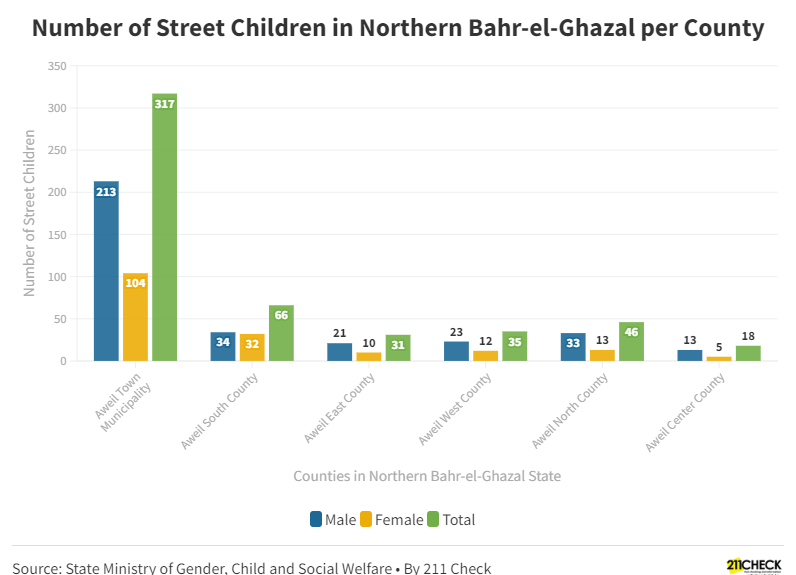 211 Check
211 Check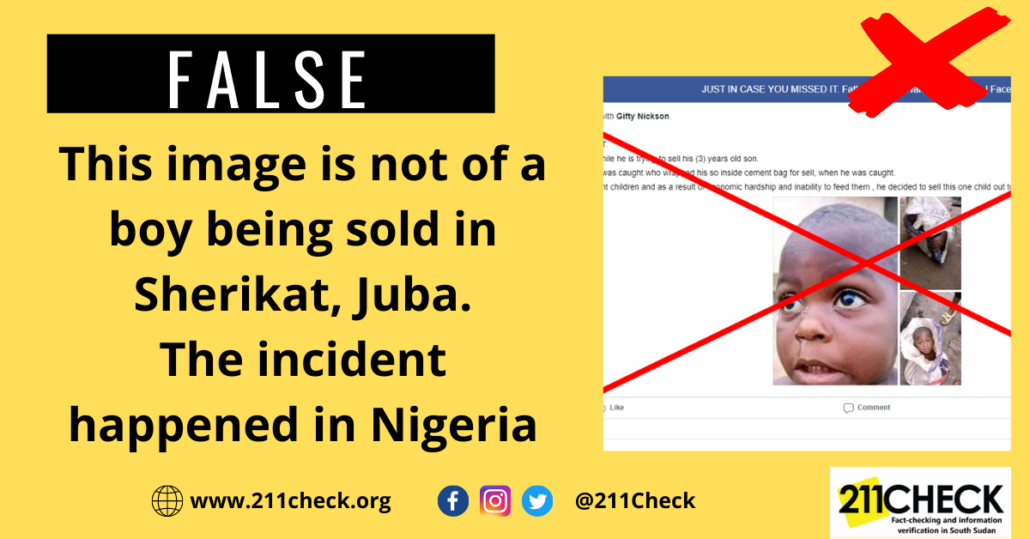 211 Check
211 Check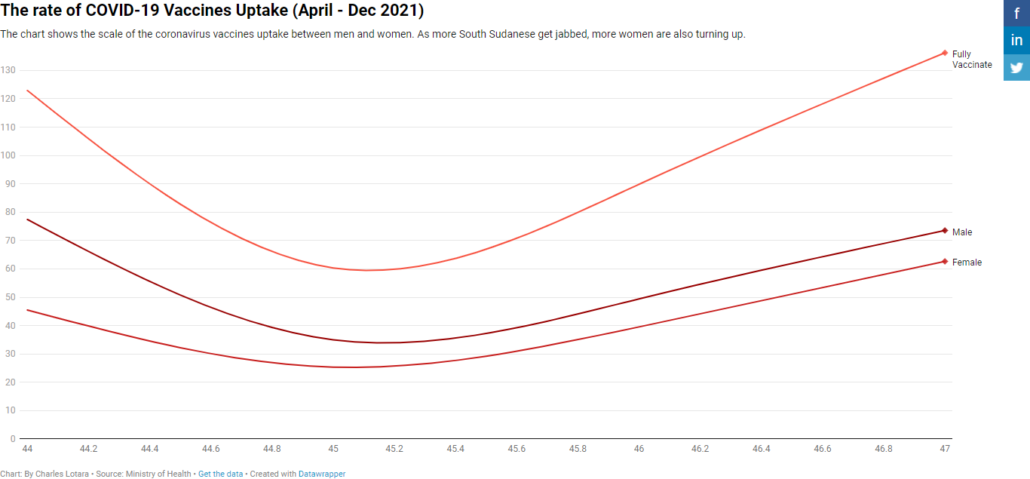

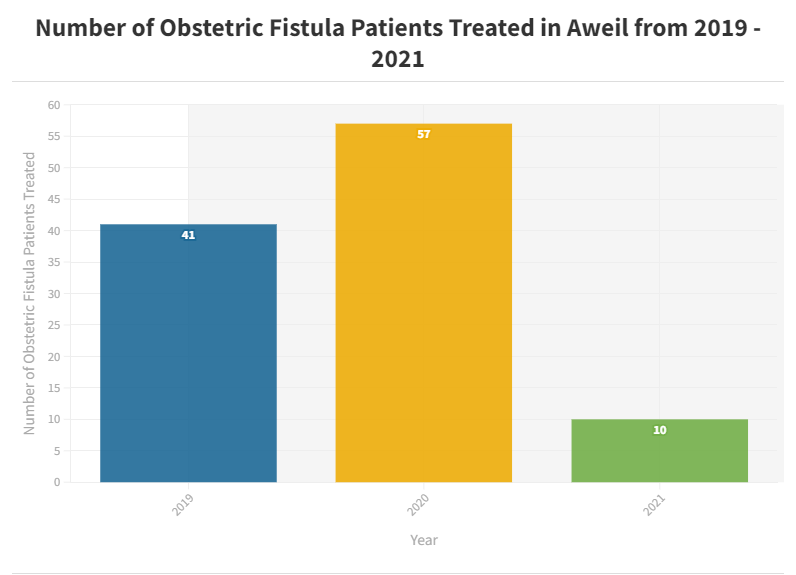 211 Check
211 Check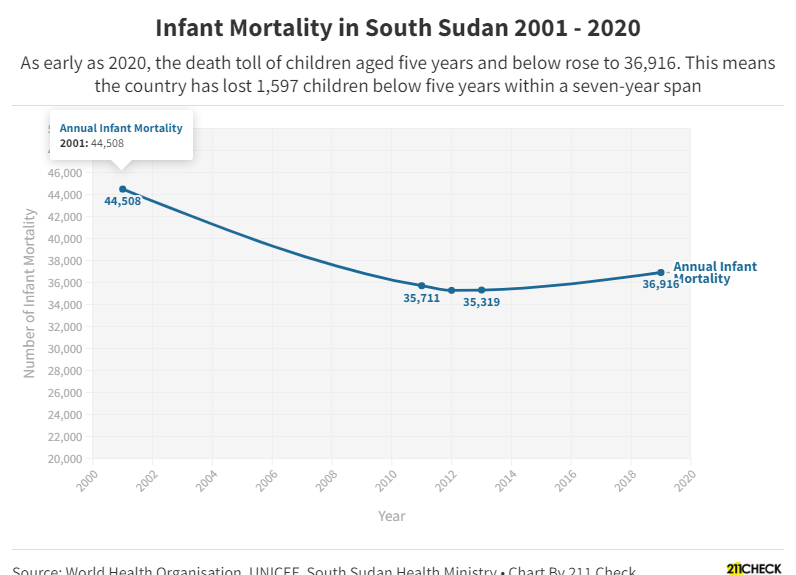 211 Check
211 Check